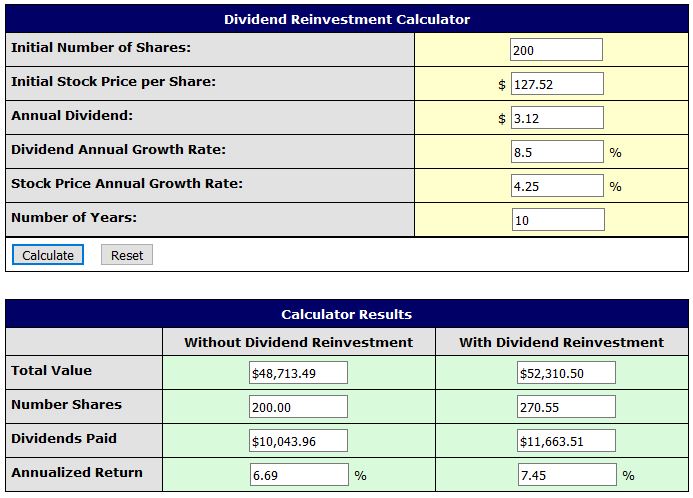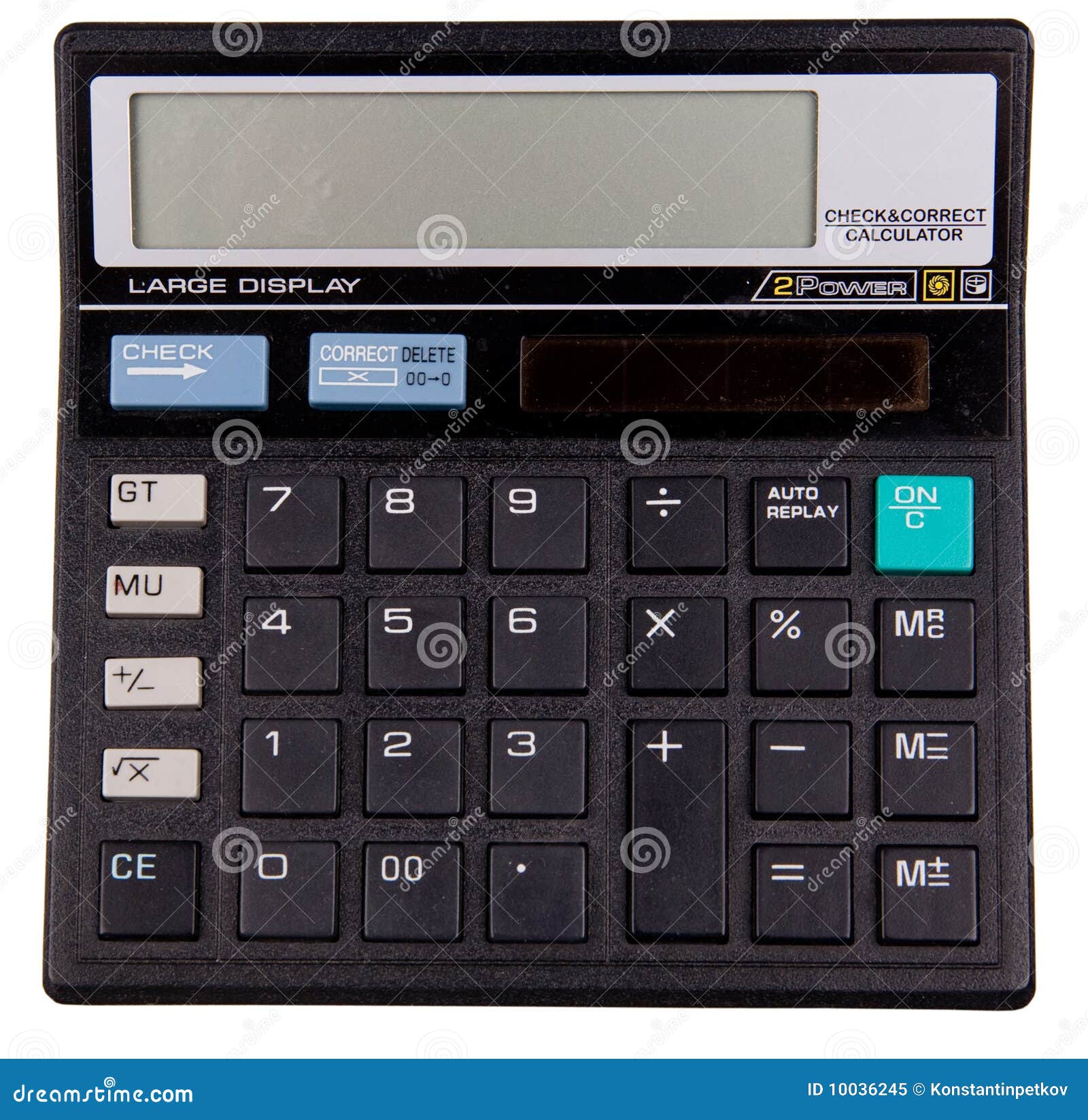

Other types of investments can include real estate, retirement funds, and peer-to-peer loans.
#Stock calculator how to#
Check out our post on how to strengthen your investment portfolio to learn more. Investment Portfolio: All of the investments you own: stocks, bonds, mutual funds, ETFs, retirement funds, etc. Want to learn how to budget and boost your investable income? Mint helps you create personalized budgets designed to support your personal and financial goals. Investment Budget: The amount of money you can afford and feel comfortable investing. Net Loss: The amount of money lost on an investment. Net Gain: The amount of money earned on an investment, not including the amount paid for the investment. Liquidity: How easily or quickly an asset can be liquidated, or sold, for cash or cash equivalents. Liquidate: Selling your assets for cash or cash equivalents. Years to Accumulate: The amount of time you expect to hold onto your investment before selling or otherwise withdrawing capital. Rate of Return: How much you expect to profit on your investment, expressed in a percentage. If you contribute $100 to your retirement fund each month, you would include this in the additional contributions field. This amount will impact the growth of your investment and is a key metric featured in our investment calculator. You might start by investing $100 or $1,000, no matter how big or small your investment, you can calculate its potential using our investment growth calculator.Ĭontributions: This is the amount of money you add to your investment over time. Starting Balance: A starting balance is the amount that you initially invested when you purchased the investment.

Enter the average amount you contribute, then select one of these options from the dropdown menu: Annually, Semi-Annually, Monthly, Bi-Weekly, Weekly. If you contribute to this investment fund on a regular basis, you’ll want to enter how much you typically invest and how often here.Including a higher rate of return may create an overly positive view of your investment growth, without accounting for potential losses. That said, using a 4% rate of return can give you a more accurate, safer result. Note: Your rate of return may fluctuate over time due to unpredictable factors like stock market changes, federal interest rates, and investment security.Here’s how to calculate the rate of return on your investment: Rate of return is calculated as a percentage. Rate of return is the expected net gain or loss on an investment over time.Enter the Rate of Return on your investment.Input the years you intend to hold onto your investment here. Typically, investments that mature for longer, become more valuable than those which are sold faster.


If you opened the investment with $8,000, enter $8,000 in the first box. This is the initial investment you made in this security.Enter the Starting Amount of your investment.Our investment growth calculator is simple to use and even easier to interpret. How to Use the Investment Growth Calculator


 0 kommentar(er)
0 kommentar(er)
